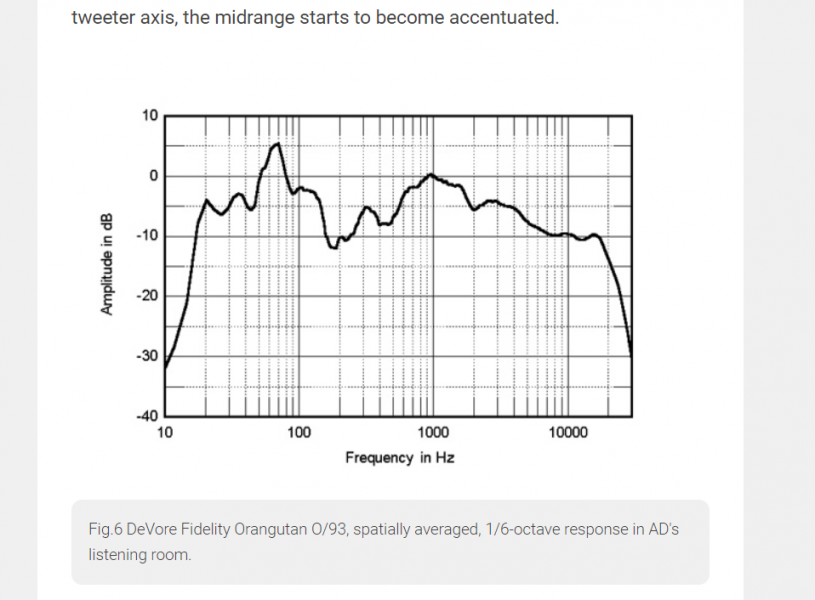To me KED has hit the nail,on the head
in this instance Peter’s Natural sound has 3 components
1. To head towards what he and some others‘ view is the sound of instruments live
2. Those instruments are acoustical, usually classical, and unamplified in general
3. This aim is achieved by the deliberate assembling of components and transducers specifically to achieve his/their perception of this aim
Peter’s and others’ “sound “ is very specific whether it is “The Natural Sound “ is an unproven assertion but something he and some others prefer
DDK believes they have a “method” to this end rightly or wrongly with only their own ears and preferences to determine the validity based on their own internal metric, no external metric exists as it’s personal perception based
this is as Ked has pointed out is a less than the usual route that many follow in high end in assembling equipment , in saying this I exclude no-one who has done similarly to achieve a different sonic endpoint
in this instance Peter’s Natural sound has 3 components
1. To head towards what he and some others‘ view is the sound of instruments live
2. Those instruments are acoustical, usually classical, and unamplified in general
3. This aim is achieved by the deliberate assembling of components and transducers specifically to achieve his/their perception of this aim
Peter’s and others’ “sound “ is very specific whether it is “The Natural Sound “ is an unproven assertion but something he and some others prefer
DDK believes they have a “method” to this end rightly or wrongly with only their own ears and preferences to determine the validity based on their own internal metric, no external metric exists as it’s personal perception based
this is as Ked has pointed out is a less than the usual route that many follow in high end in assembling equipment , in saying this I exclude no-one who has done similarly to achieve a different sonic endpoint



